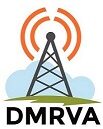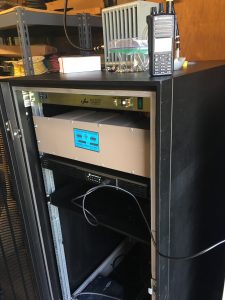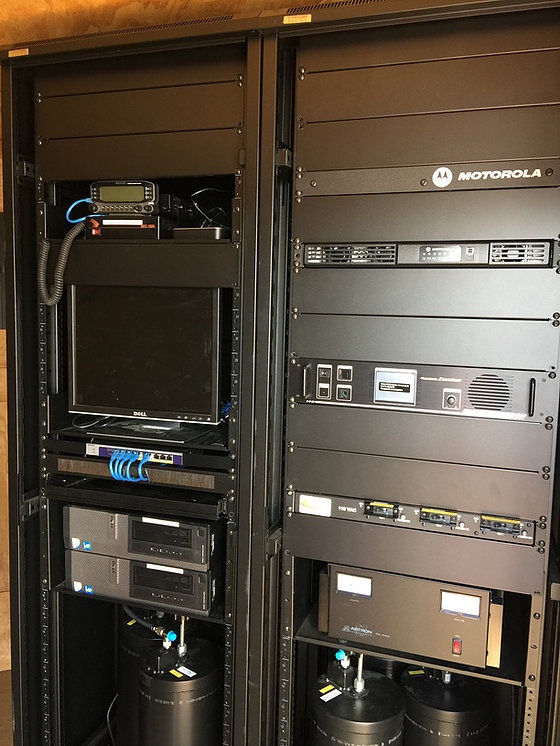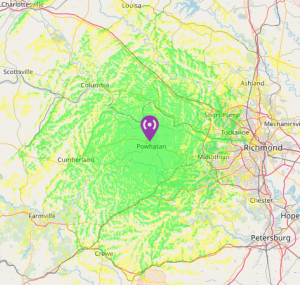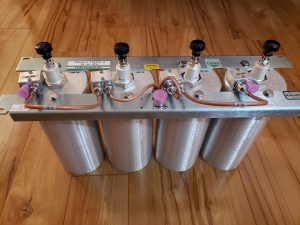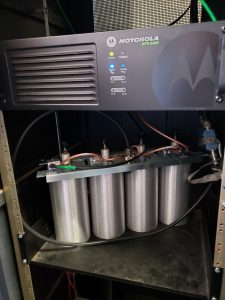PSA: Hotspot Configuration
Hotspots are all the rage these days, and they are becoming extremely inexpensive. If you have multiple hotspots in your shack, please be sure to use a different frequency for each one. Especially if more than one is used on the same mode. We have noticed quite a bit of looping happening on some of the national TAC channels, in addition to VA Statewide (3151.) This is almost always being caused by multiple simplex hotspots in the same vicinity utilizing the same frequency.
This is of course a major annoyance, wastes system resources, and ties up an entire regional/national talkgroup unnecessarily. Please be mindful of this.
Please also be sure to pick frequencies for your hotspot(s) in the proper part of the band according to your local amateur coordination association. Virginia is covered by either T-MARC, or SERA, depending on which part of the state you live in. For example, SERA guidelines have set aside 440.9125-441.1750 for digital simplex. Any frequency in this sub-band should be acceptable for a low-powered simplex hotspot. Listen to the frequency you pick for awhile to make sure it is not currently utilized on a regular basis. Doubly so if you connect your hotspot to an external antenna. If you want to run a high-powered simplex “megaspot” on an external antenna, you should check with your coordinating body for their recommendations.
Please do not under any circumstances park your hotspot(s) on the weak signal or satellite allocations, or repeater input/output sub-bands.
Thank you for your cooperation.
James
K4JK
